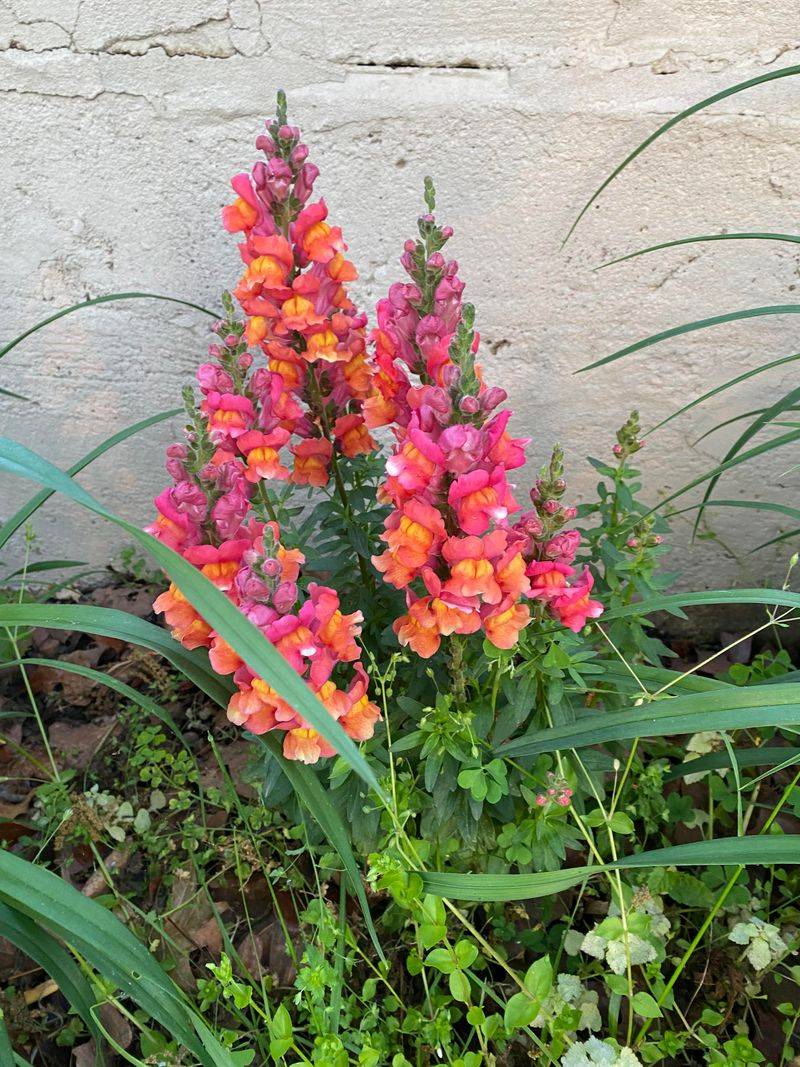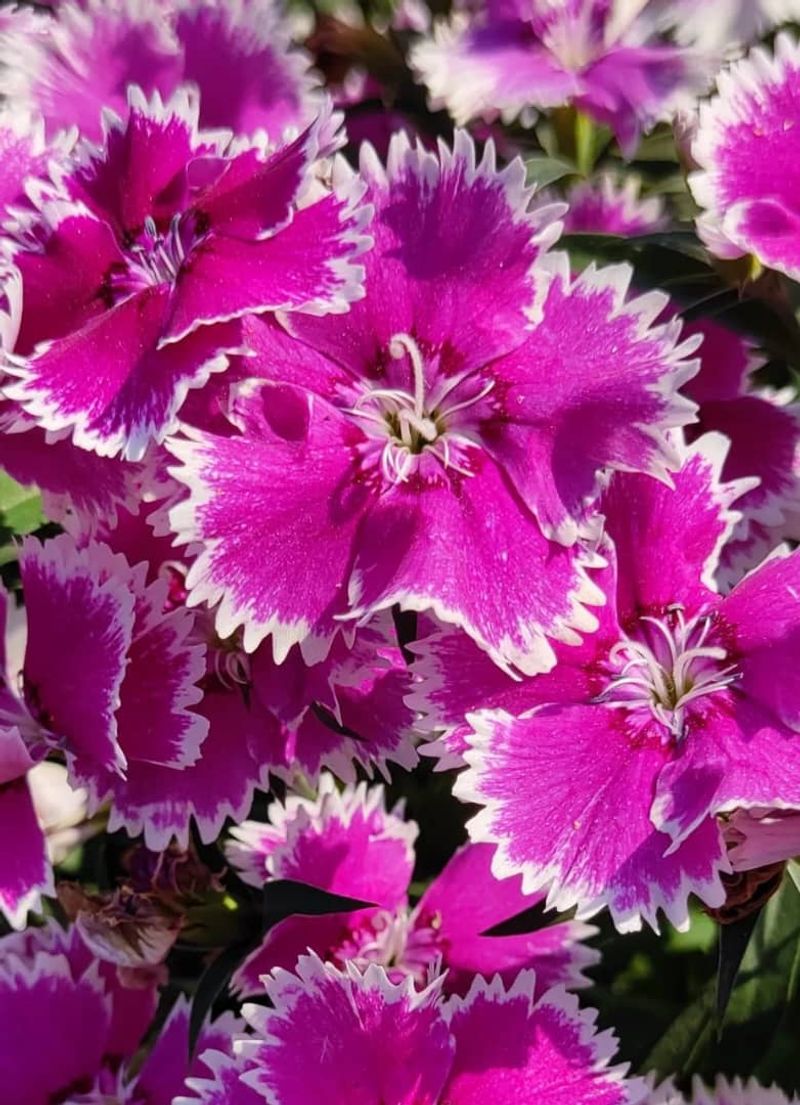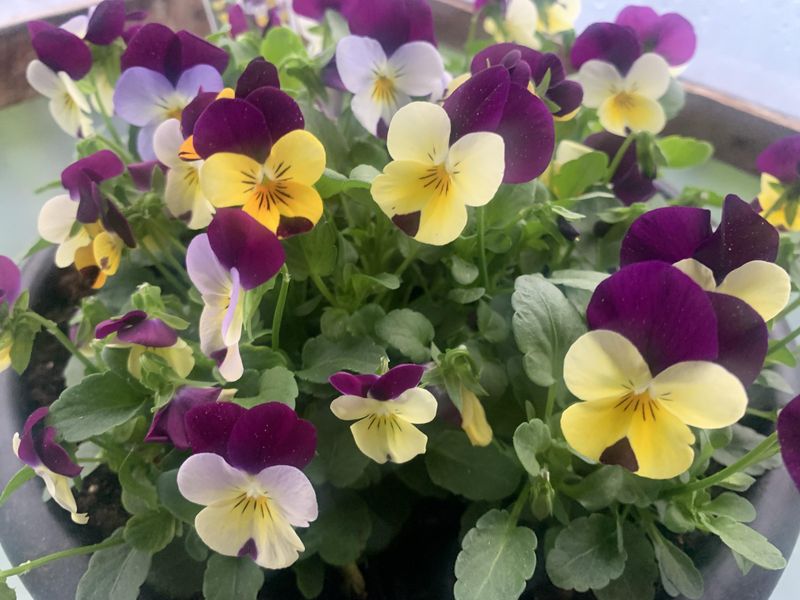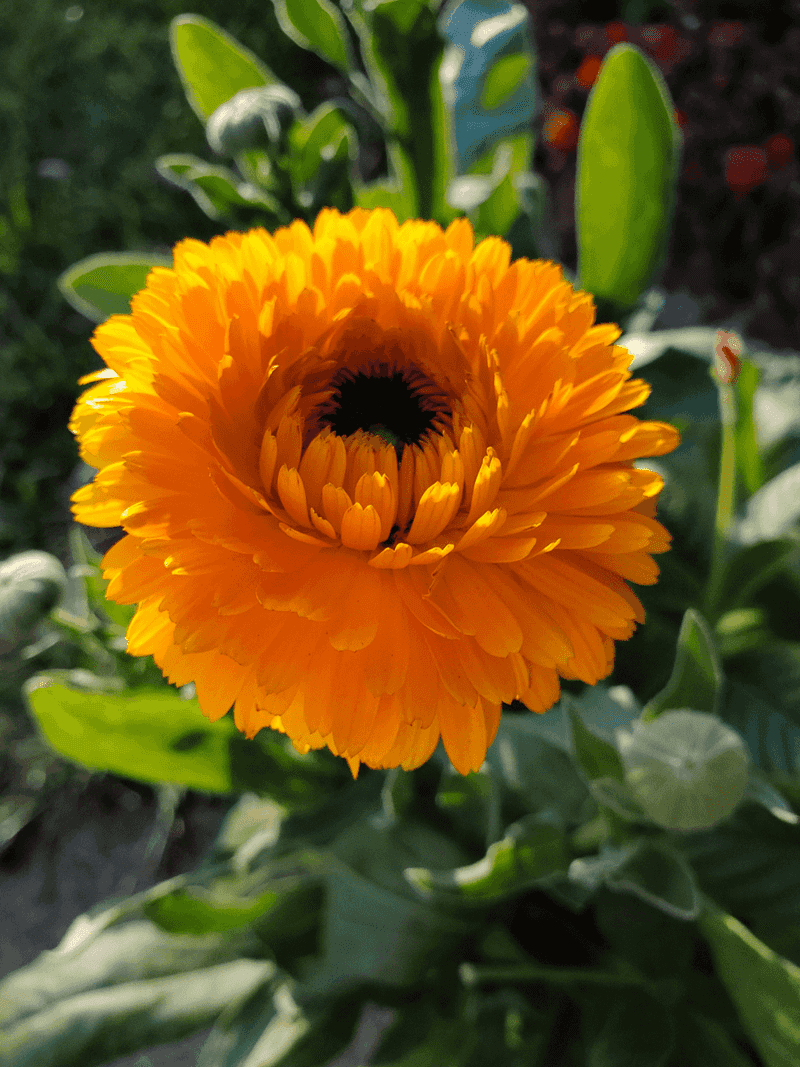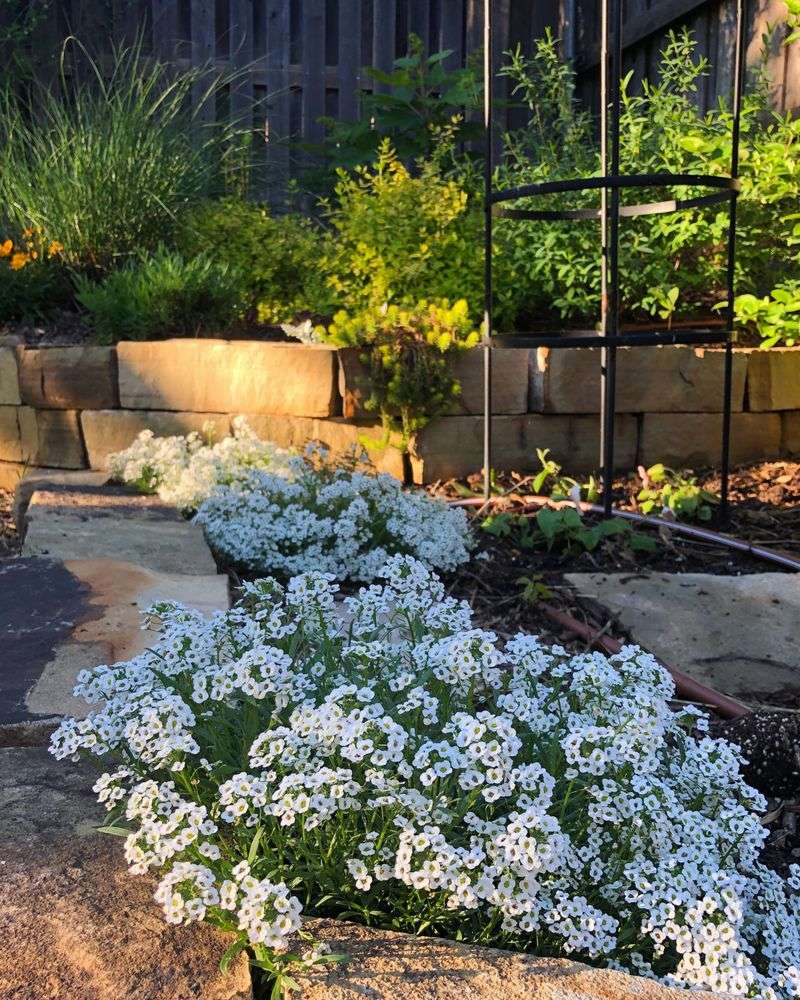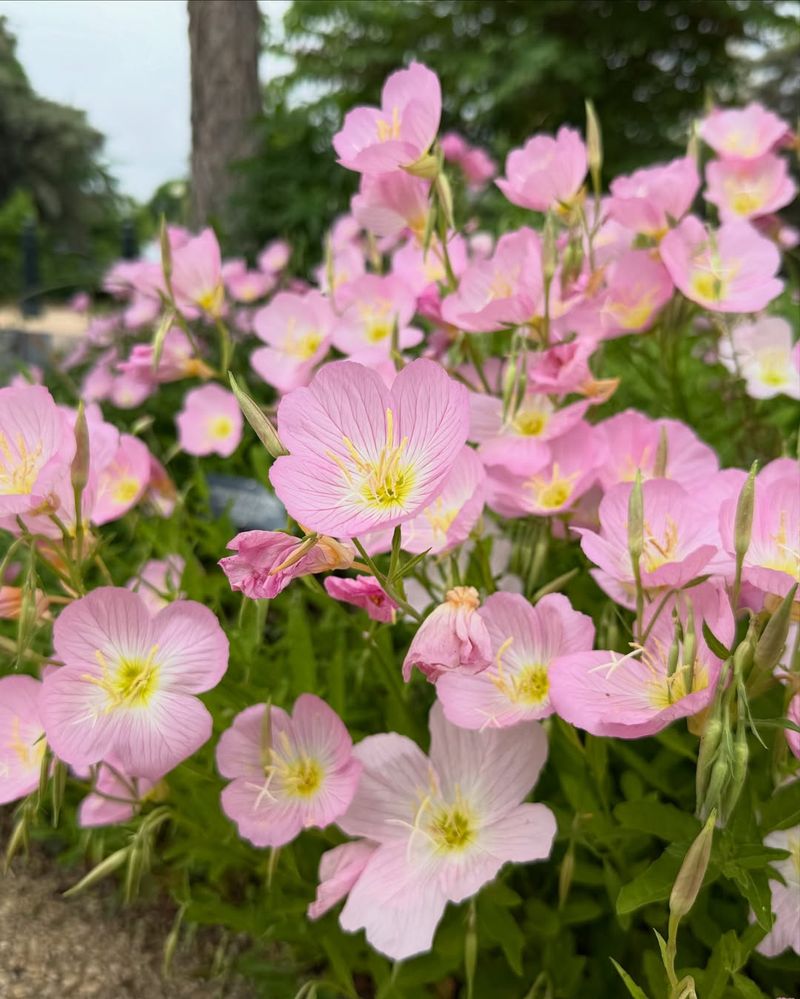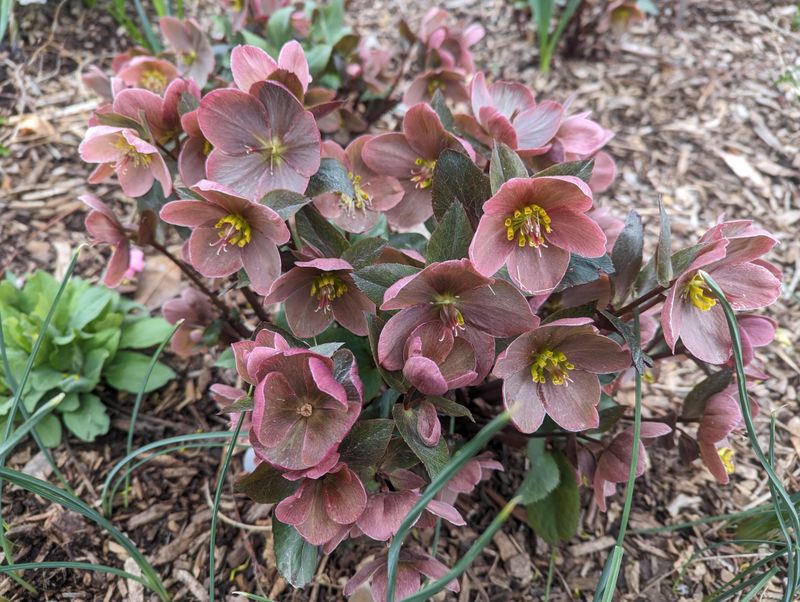As winter begins to settle into North Carolina, your garden doesn’t have to fade to gray. There are plenty of flowers that love the cooler air and keep things looking lively. These early-winter bloomers bring cheerful color just when most plants start winding down.
They’re tough enough to handle the chill and still put on a beautiful show. I’ve seen yards stay vibrant deep into the season with just a few hardy additions. Planting the right flowers means you can enjoy your garden even as the days grow shorter.
1. Pansies
With their cheerful faces and bold patterns, pansies brighten up even the coldest mornings. North Carolina gardeners love how these tough little flowers handle frost without missing a beat.
You can plant them in beds, containers, or window boxes for instant color that lasts through winter. They come in practically every color you can imagine, from deep purple to sunny yellow.
Water them regularly and give them some afternoon shade if possible. Pansies reward minimal effort with maximum beauty all season long.
2. Snapdragons
Kids absolutely adore squeezing the dragon-shaped blooms to make them snap open and closed. Beyond their playful nature, snapdragons stand tall and proud in winter gardens, reaching up to two feet high.
Their vertical growth adds wonderful dimension to flower beds that might otherwise look flat. Colors range from soft pastels to vibrant reds and oranges.
Plant them in full sun and well-draining soil for best results. Snapdragons handle light frosts beautifully and keep blooming until hard freezes arrive in late winter.
3. Dianthus
Sometimes called pinks because of their fringed petal edges that look like they were cut with pinking shears, dianthus brings old-fashioned charm to modern gardens. Their spicy, clove-like fragrance adds another delightful dimension beyond visual appeal.
North Carolina gardeners appreciate how these compact plants handle cold snaps without wilting or losing blooms. They work beautifully along pathways where you can catch their sweet scent.
Plant them in well-drained soil with plenty of sunshine. Dianthus comes back year after year in many areas.
4. Violas
Picture pansies but smaller and even tougher against winter weather. Violas pack incredible flower power into tiny packages, covering themselves with blooms throughout the cool season.
Their petite size makes them perfect for tucking into small spaces between larger plants or filling containers to overflowing. They spread nicely without becoming invasive or overwhelming other plants.
North Carolina winters suit them perfectly since they prefer cooler temperatures to hot summers. Deadhead spent blooms regularly to encourage continuous flowering until spring warmth arrives.
5. Calendula
Sunshine captured in flower form perfectly describes calendula’s cheerful orange and yellow blooms. Historically used for healing purposes, these flowers bring both beauty and interesting history to your garden.
They reseed themselves readily, meaning you plant them once and enjoy them for years with minimal effort. North Carolina’s mild early winters let them bloom continuously when other flowers take a break.
Calendula tolerates poor soil better than many flowers, making them forgiving for beginning gardeners. Their daisy-like flowers attract beneficial insects even in cooler months.
6. Cyclamen
Butterfly-like petals seem to flutter above heart-shaped leaves, creating an enchanting display that catches everyone’s attention. Cyclamen prefers the cooler temperatures of early winter, actually thriving when other plants slow down.
Their unique upswept petals come in shades of pink, red, white, and purple. They work wonderfully in shaded areas where many winter flowers struggle to perform.
Keep the soil slightly moist but never waterlogged, as cyclamen dislikes wet feet. Their exotic appearance makes people think they’re difficult, but they’re surprisingly easy in North Carolina’s climate.
7. Stock
Before you even see stock flowers, you’ll smell their incredible spicy-sweet fragrance drifting across your garden. Their tall flower spikes create dramatic vertical interest while perfuming the entire yard.
North Carolina’s cool early-winter nights intensify their scent, making evening garden strolls absolutely magical. Colors include romantic purples, pinks, whites, and creamy yellows.
Plant them near walkways, patios, or windows where you can enjoy their perfume daily. Stock prefers full sun and rich, well-amended soil for the most impressive blooms and strongest fragrance throughout winter.
8. Sweet Alyssum
Tiny honey-scented flowers create clouds of white, pink, or purple that spill over container edges or carpet the ground beautifully. Sweet alyssum works like floral frosting, softening hard edges and filling gaps between larger plants.
Its low-growing habit makes it perfect for underplanting taller flowers or creating borders along pathways. The delicate honey fragrance attracts beneficial pollinators even during cooler months.
North Carolina gardeners love how quickly alyssum establishes and spreads to create full coverage. It self-seeds readily, returning year after year without replanting efforts.
9. Primrose
Clusters of cheerful blooms in nearly every color imaginable make primrose a rainbow addition to winter gardens. Each plant produces multiple flower stalks that keep producing new blooms for weeks on end.
North Carolina’s moderate early-winter temperatures suit primrose perfectly since extreme heat bothers them more than cold weather. They prefer partial shade and consistently moist soil for best performance.
Their compact size works wonderfully in containers, border plantings, or naturalized in woodland garden settings. Primrose brings cottage-garden charm with minimal maintenance requirements throughout the cool season.
10. Hellebore
Known affectionately as the “Christmas Rose,” hellebores charm with their early blooms in chilly weather. Their nodding flowers, often seen in shades of pink, white, and green, defy winter’s gloom.
With leathery leaves providing contrast, hellebores thrive in shaded areas, adding texture to the garden. Their hardy nature makes them a favorite among seasoned gardeners.
Did you know? Hellebores have been cultivated since ancient times, believed to ward off evil spirits. Their timeless allure continues to captivate, ensuring they hold a special place in any winter garden.



